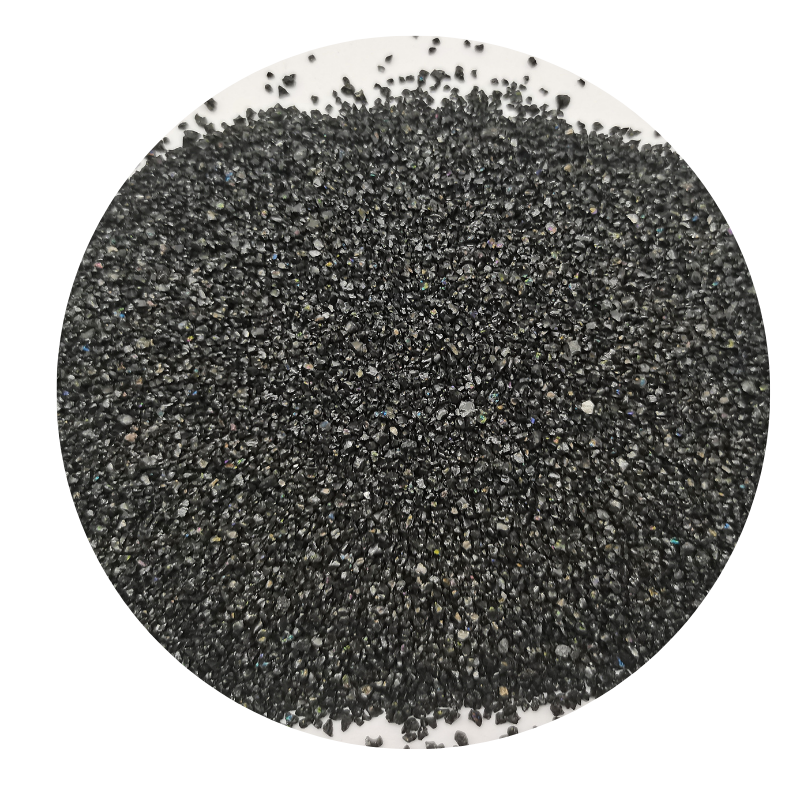
calcium carbonate and calcium lactate
Calcium Carbonate and Calcium Lactate A Comparative Study
Calcium is an essential mineral that plays a crucial role in various physiological processes, including bone health, muscle function, and nerve signaling. Among the numerous calcium compounds available in dietary supplements and food additives, calcium carbonate and calcium lactate are two of the most commonly used forms. While both serve as sources of calcium, they have distinct characteristics, benefits, and applications. This article explores their differences and potential uses, providing insights into their importance in health and nutrition.
Calcium Carbonate
Calcium carbonate (CaCO₃) is a naturally occurring compound found in rocks, shells, and coral. It is one of the most abundant forms of calcium in the earth’s crust and is commercially available in the form of powder, tablets, and chewable supplements. Calcium carbonate is widely utilized not only as a dietary supplement but also as an antacid and a food additive.
One of the key advantages of calcium carbonate is its high calcium content, which is approximately 40% by weight. This makes it one of the most concentrated sources of calcium available. Additionally, it is generally less expensive compared to other calcium supplements. However, calcium carbonate requires an acidic environment for absorption, making it more effective when taken with food or alongside acidic beverages, such as orange juice.
In terms of health benefits, calcium carbonate is particularly noted for its role in bone health. Adequate calcium intake throughout life, in conjunction with vitamin D, is essential for developing strong bones and preventing osteoporosis. Furthermore, as an antacid, calcium carbonate helps alleviate symptoms of indigestion and heartburn.
Calcium Lactate
Calcium lactate, on the other hand, is a compound formed from calcium salt and lactic acid. It is available in various forms, including powders and capsules, and is known for its high solubility in water compared to calcium carbonate. This solubility facilitates its absorption, making it a suitable option for individuals with sensitive stomachs who may experience discomfort from calcium carbonate.
calcium carbonate and calcium lactate

Calcium lactate contains approximately 13% elemental calcium, which is significantly lower than that of calcium carbonate. However, its bioavailability, or the proportion that the body can utilize, is often considered more favorable. Consequently, calcium lactate can be an excellent choice for individuals who may struggle to meet their calcium needs through dietary sources alone, such as those with lactose intolerance or certain dietary restrictions.
In addition to supplementing calcium, calcium lactate is often used in food processing, acting as a preservative or acidulant. Its ability to enhance the texture of food products makes it a popular additive in various processed foods.
Comparative Analysis
When deciding between calcium carbonate and calcium lactate, several factors should be considered, including dietary preferences, digestive tolerance, and specific health needs. For individuals seeking a cost-effective and concentrated source of calcium, calcium carbonate may be the ideal option. Conversely, for those who may experience gastrointestinal discomfort or who prefer a more bioavailable form, calcium lactate could be the better choice.
Moreover, it's essential to remember that not all calcium supplements are created equal. Consulting with a healthcare provider is crucial to determine which supplement best meets individual nutritional requirements and health goals. Additionally, achieving the necessary calcium intake is best done through a combination of dietary sources and supplements, as needed.
Conclusion
Both calcium carbonate and calcium lactate play significant roles in ensuring adequate calcium intake for optimal health. While they differ in composition, absorption methods, and applications, they ultimately serve a common purpose supporting bone health and overall well-being. Understanding these differences empowers consumers to make informed choices about their calcium supplementation, leading to better health outcomes. As always, a balanced diet rich in calcium-containing foods should be the foundation of any nutritional strategy for maintaining strong bones and overall health.
Share
-
Fly Ash Solutions Enhanced by GPT-4 Turbo | Sustainable InnovationNewsAug.01,2025
-
Natural Premium Bentonite Cat Litter - Superior ClumpingNewsJul.31,2025
-
Premium Resin Coated Sand - High Heat Resistance CastingNewsJul.31,2025
-
High Quality Silicon Carbide Grit for Abrasive ApplicationsNewsJul.30,2025
-
High-Quality Ceramsite for Plants & Gardening | Lightweight PebblesNewsJul.29,2025
-
Premium Burgundy Glass Marbles for Vases & Shooter GamesNewsJul.29,2025






